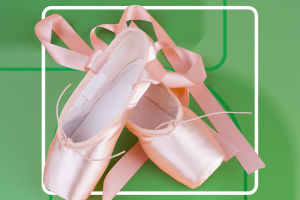In the vast majority of screen images, the tie is a symbol of male social sophistication.
In the classic film The Godfather, for example, the moment when Al Pacino puts on his black tie is a moment of adoration for many straight men.
The tie is not only a symbol of maturity but also a reflection of the power of male obsession.
In Kingsman, Taron Egerton's transformation from a street hustler to a self-made veteran is also evoked by the way he dresses.
A bespoke suit and a striped tie, his impeccable taste and positive attributes such as 'sophistication', 'maturity' and 'commitment' naturally coexist.
Tom Ford's 'A Single Man' is the perfect example of a sophisticated man's delicate and discerning charm.
Ties are a status symbol for the middle class, with immaculate shirts, meticulous ties, and pocket scarves, and the obsessive-compulsive attention to detail reflects the image of a mature man with perfectionist tendencies.
With such a dominant mindset, the general public naturally associates ties with formal occasions and more serious jobs such as finance and high-end service industries.
In the 1979 film The Four Faces, the working-class Mods were among the pioneers of the new culture. Despite this, they still wore ties and biker-heavy trench coats and drove motorbikes.
And motorbikes were not exactly an elegant form of transport at the time. The tie was an accessory that was worn more as an expression.
The image of the Beatles running around in their ties on the hard copy poster for the 1964 Beatles documentary film One Night Only has gone down in history as a classic moment.
As rock and roll spread like wildfire, the image of the Beatles in ties became highly acceptable to the general public.
Even today, the tie is still a standard part of the image of many rock bands, whether they are commercial or underground.
In a way, the loosened tie has become a code word for rebellion.
Trends are ever-changing, but the tie is still an essential accessory in a man's wardrobe. Subjectively speaking, wearing a tie is one of the symbolic steps in the evolution of a man from a boy to a man and a change of heart.
The tie was born out of the 17th-century male fashion of collar decoration, which was its most original form of existence. At that time, men wore clothes that were extremely elaborate. In the 18th century, the neckpiece was detached from the garment.
The 19th-century tie had taken on the form of a modern version. It was not until the 1920s, thanks to Jesse Langsdorf, that a truly modern tie was born.


